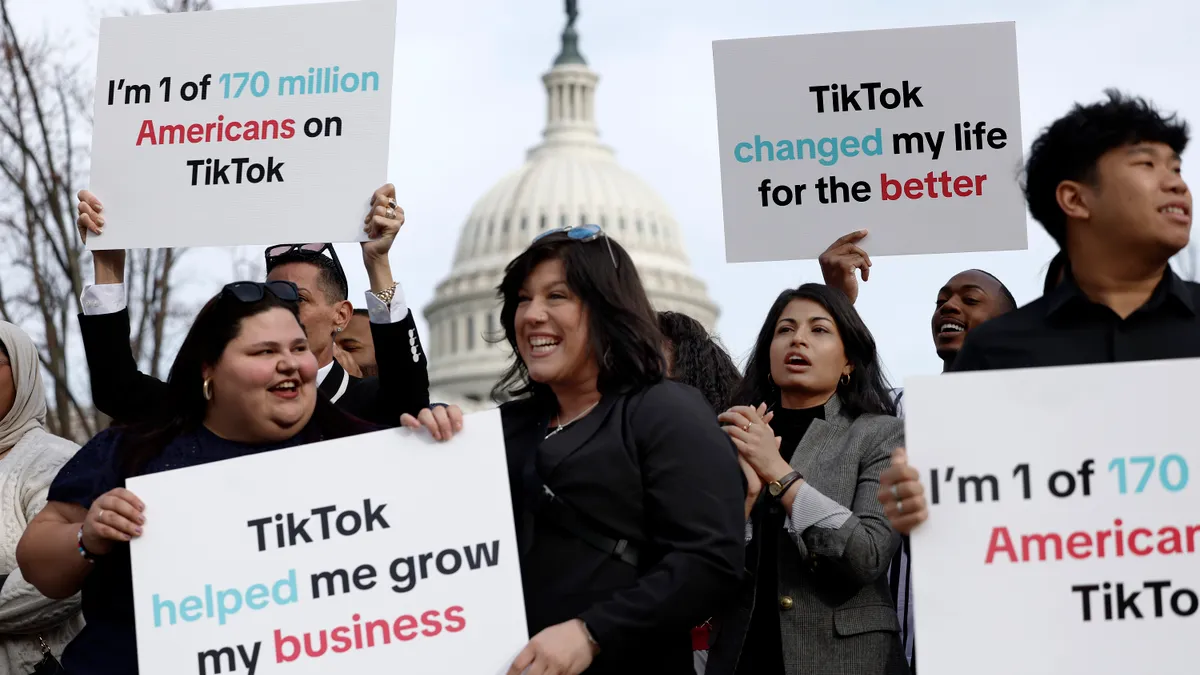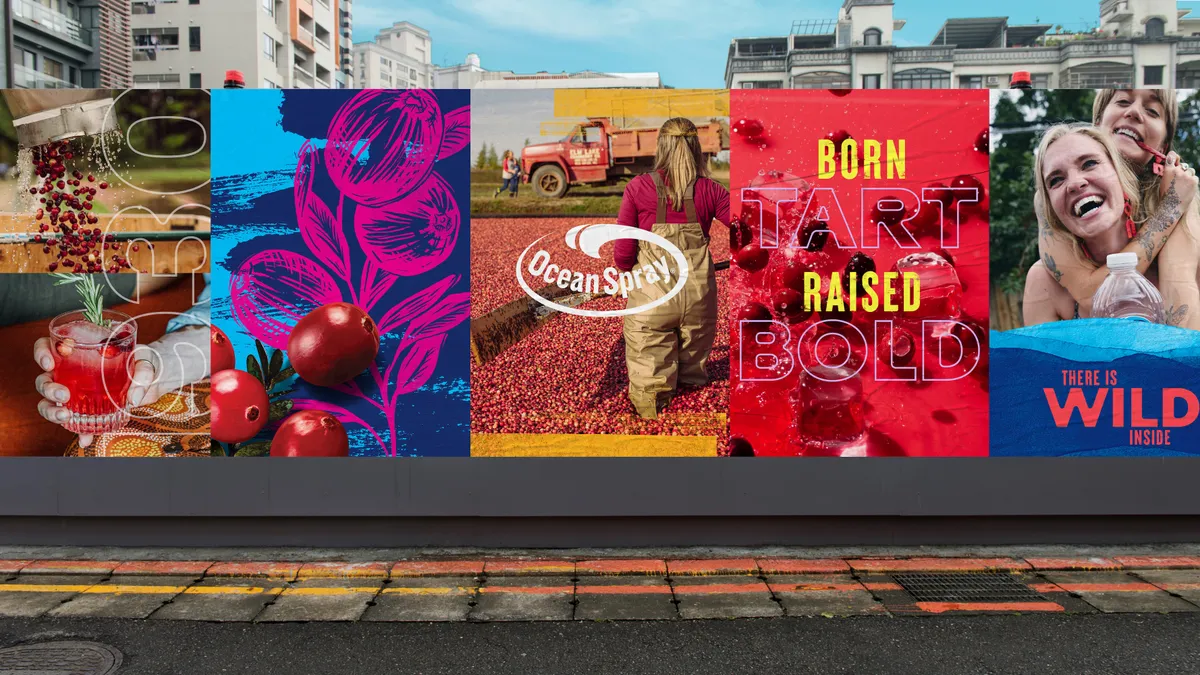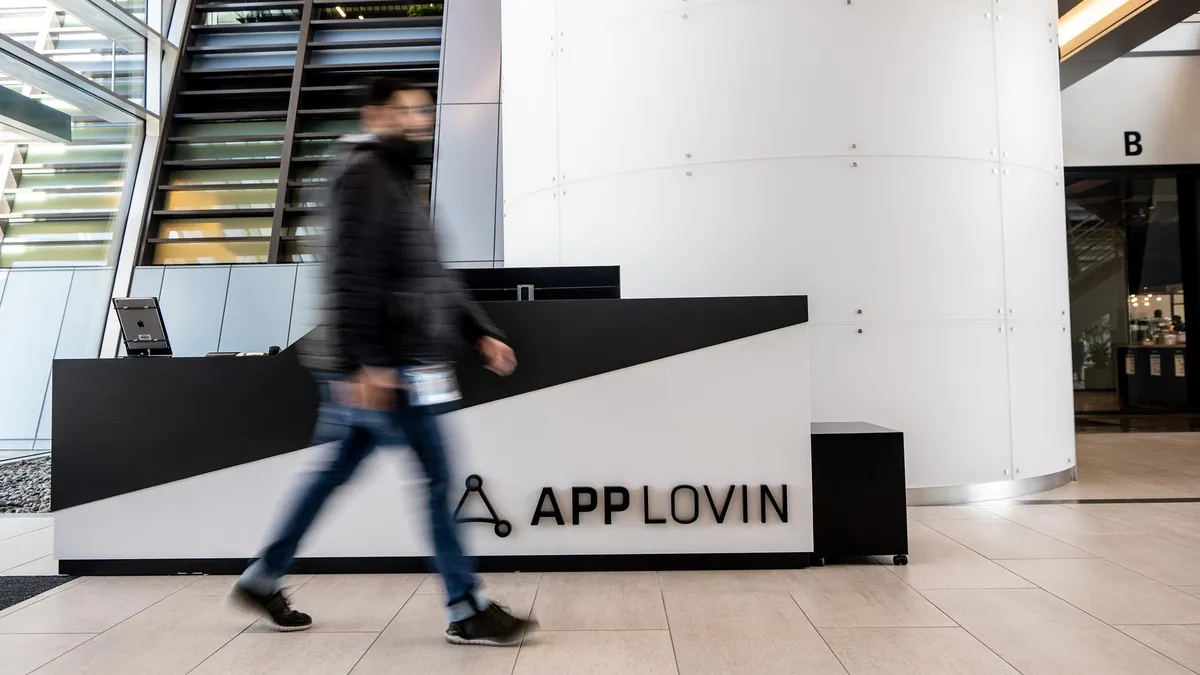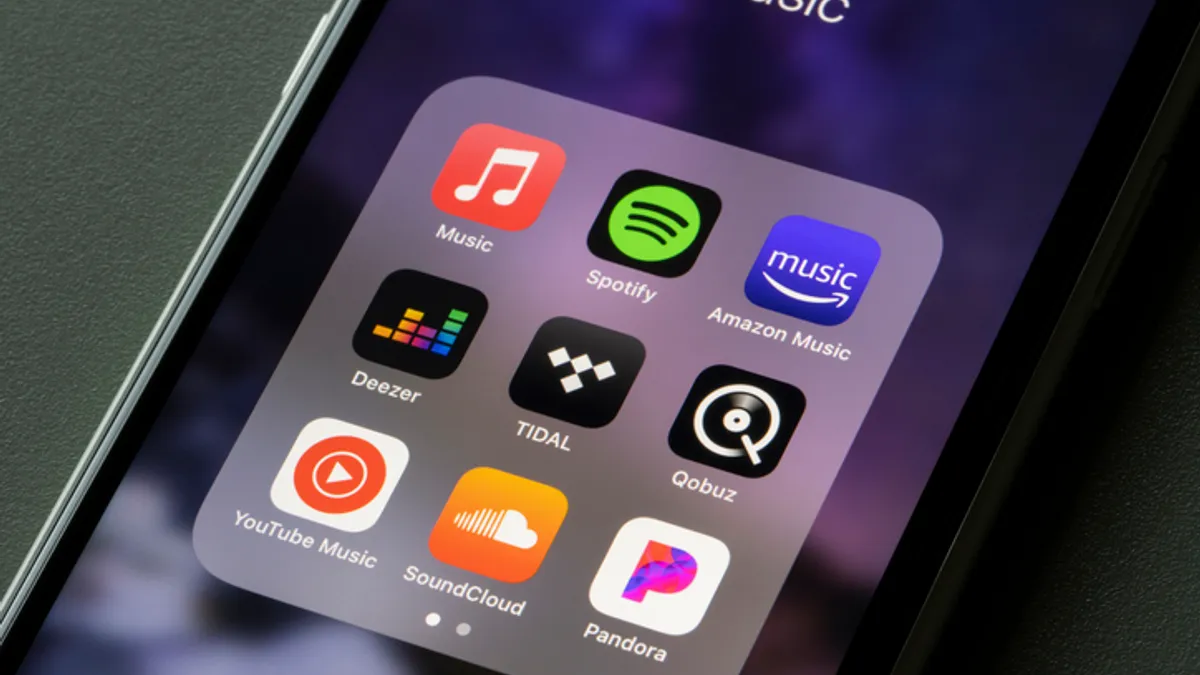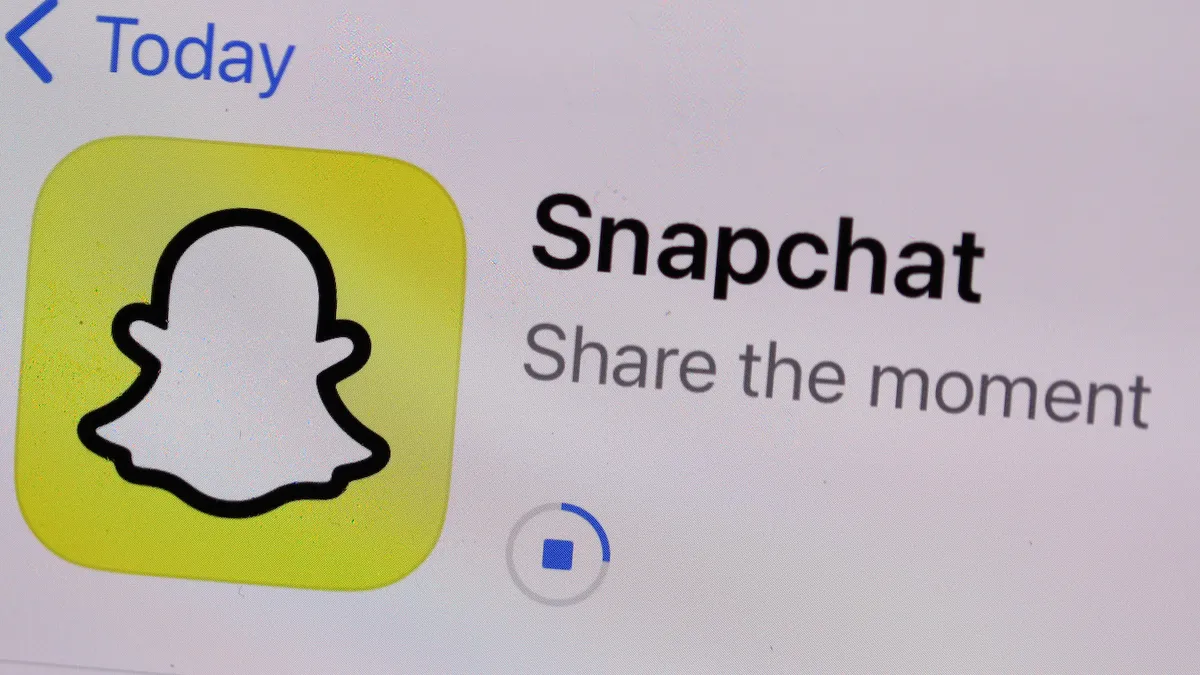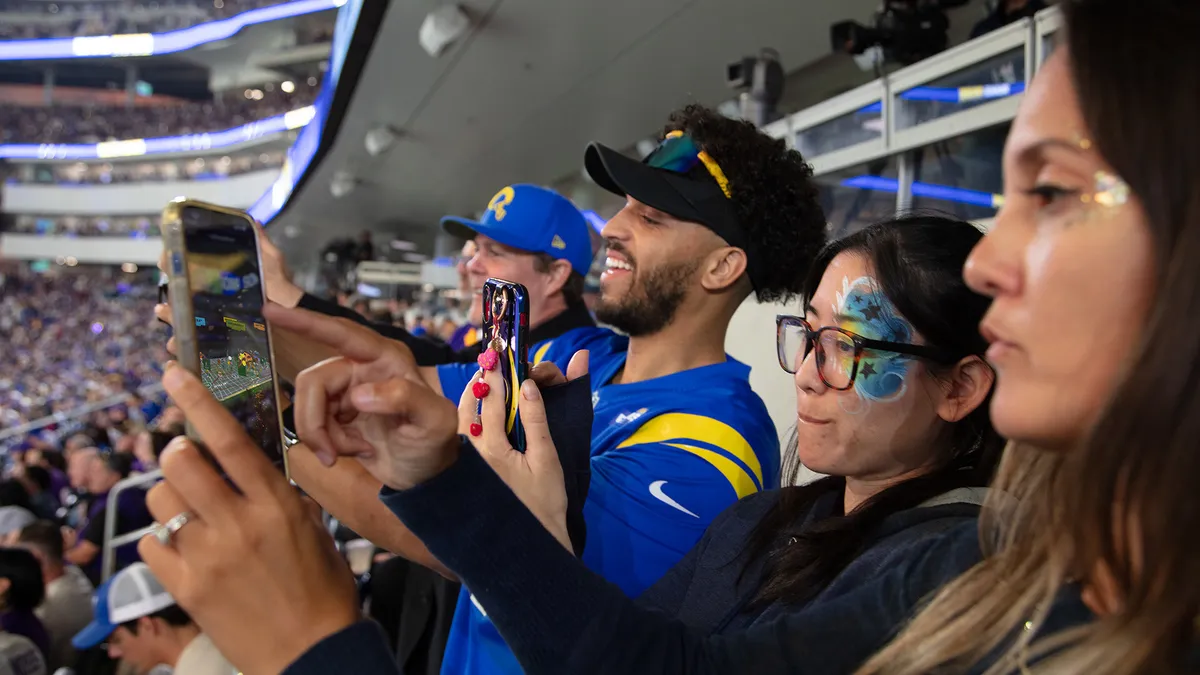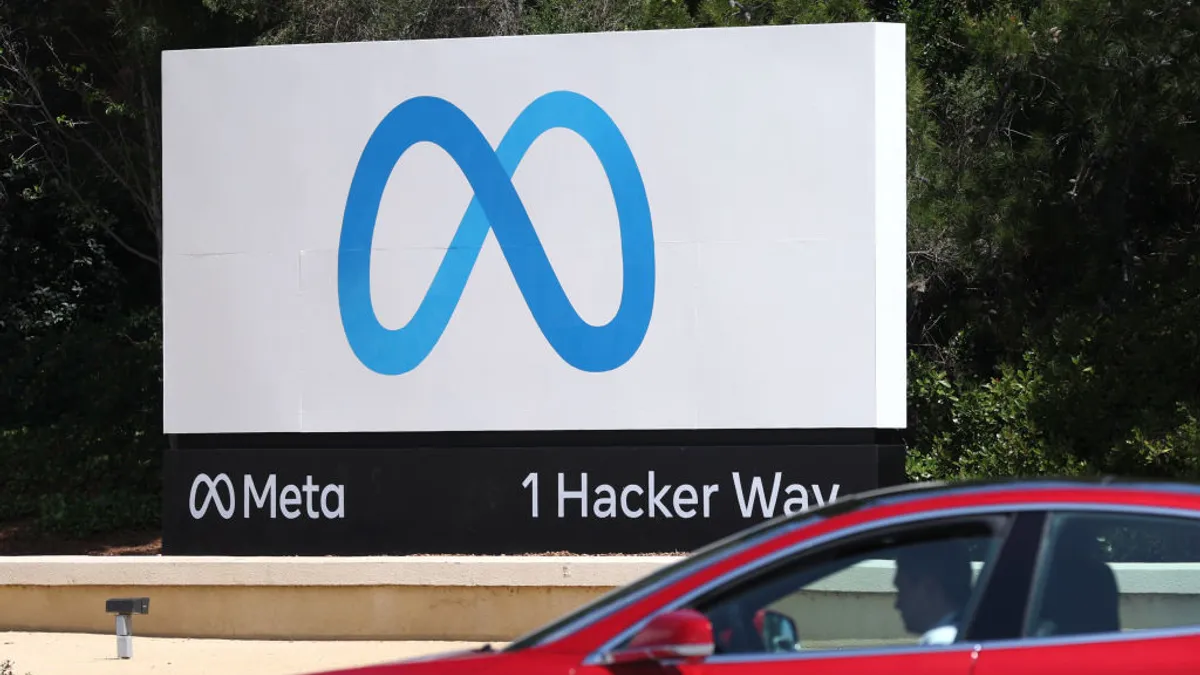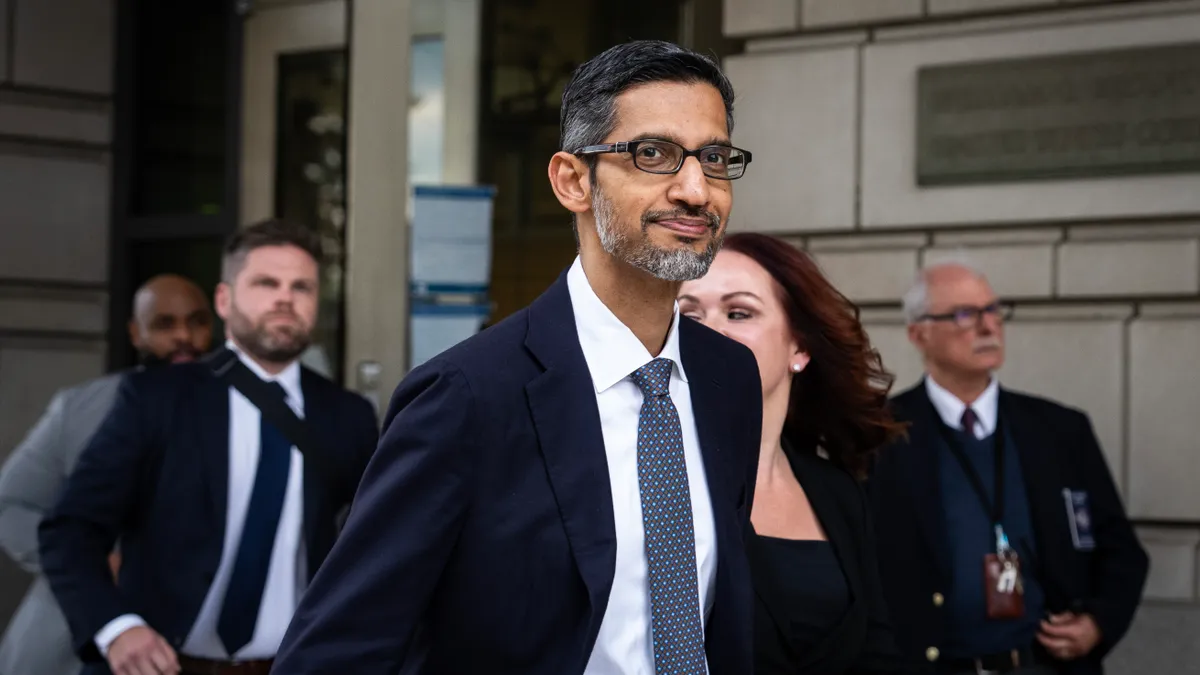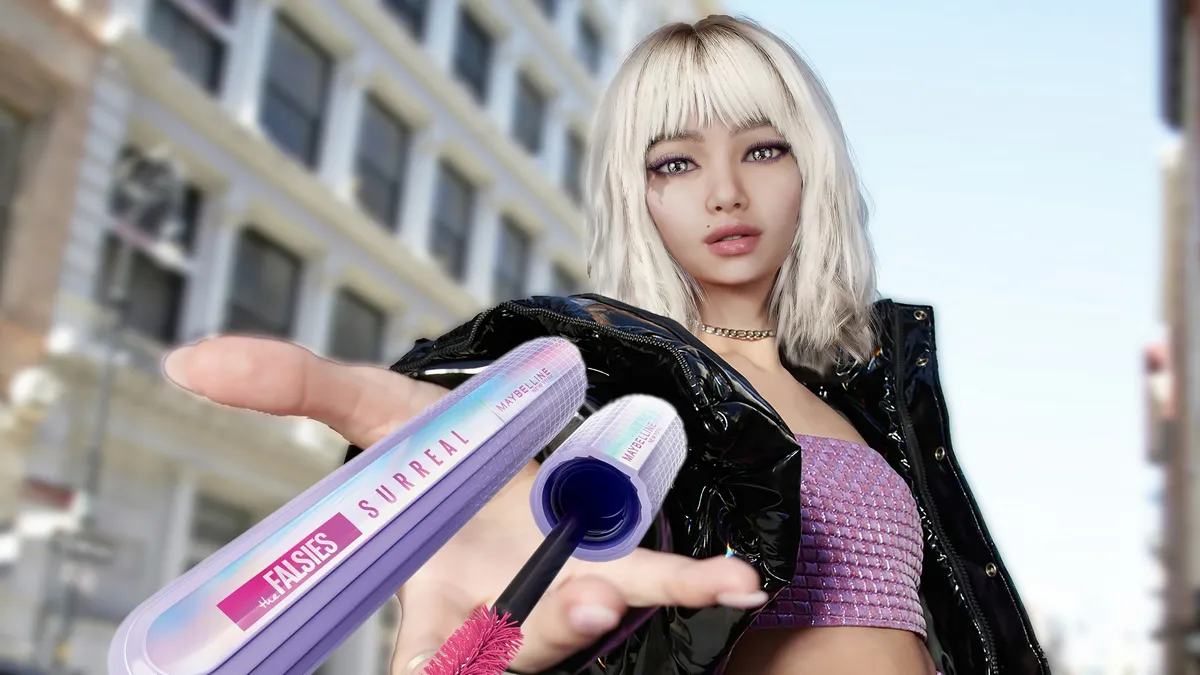Nature abhors a vacuum, and the dual strikes by the Writers Guild of America and Screen Actors Guild have led to an opportunity for social media influencers and creators to fill the dearth of original content for consumer audiences. As the creator economy is set to shift again, marketers might have to reconsider how they work with these partners, including when it comes to media strategy.
“The [Hollywood] strikes … have indirectly bolstered the creator economy,” according to a recent “Influencer Marketing 2023” report from Insider Intelligence and eMarketer. “Creators can be a goldmine of talent and content, and their power extends far beyond social media.”
Though many creators are standing with striking writers and actors and refusing content deals or partnerships with studios (while attempting their own unionization efforts), only 38% agree with the guidance to refuse deals that promote already-struck work, according to Mavrck. This presents an opportunity for both creators and media companies to produce fresh content as it is needed.
Social ad spending, a measure that includes YouTube, still dwarfs influencer marketing and is projected by Insider Intelligence to reach $83.7 billion this year. But influencer and creator marketing is forecast by the firm to grow 3.5 times faster than conventional social spending in 2023. At the same time, creators are branching beyond social channels, such as free ad-supported television, or creating their own multi-channel media brands.
“Social platforms are now a launchpad, rather than a final destination, for many creators,” the report said. “While the platforms are still the main way most creators build audiences and make money through brand sponsorships, being a content creator is now a career path that can lead to becoming a business owner, an investor — or an entertainer.”
Creator star power
Though only a few current content creators have successfully made the jump from social media to more mainstream channels, there is a growing consumer appetite for more to happen. Nearly two-thirds of U.S. consumers 18 to 24 and nearly half of those 25 to 34 were likely to watch a scripted TV show or movie featuring their favorite creator, according to an August 2023 CivicScience survey cited by Insider Intelligence.
“While it’s clear that creators develop some of the most engaging social content, many social and entertainment platforms have yet to treat creators as true performers and producers — and revenue generators,” according to the Insider Intelligence/eMarketer report. “The current gatekeepers of creators’ content will have no choice but to change their mindset and expand their strategies to reach creators’ audiences in this new environment.”
As those strategies change, they could upend the current dynamic between creators, marketers and the platforms where the content appears. Already, creators are diversifying their revenue streams, such as through blogs and e-mail newsletters. Between 2021 and 2023, the number of creators who made money from these first-party platforms increased by 15 percentage points, while the share who made money from brand sponsorships through social media fell by 9 percentage points, according to Mavrck data cited by Insider Intelligence. Just one-quarter of the pool surveyed by Mavrck earned income from social media creator funds, a tactic platforms have used to try to attract new and diverse talent to their services.
With these diversified revenue sources — some creators like podcaster Alex Cooper and YouTuber MrBeast have even launched their own networks — the balance of power is shifting in favor of the creators who generate engagement (and thus advertising dollars) for the social media platforms.
“Social platforms need creators more than ever,” according to the report. “As entertainment companies turn to creators to help market their productions and fill the content void, many more creators are becoming aware of their worth.”
As a result, marketers will need to adjust their creator relationships accordingly. In addition to the paid ads that have become the bread-and-butter of marketers’ social media strategies, the report recommends they consider creator partnerships that include other media, particularly television and video.
Similarly, media companies — already hit hard by the Hollywood strikes — should re-evaluate their work with various creators. Nearly two-thirds of 18 to 24-year-olds said they would be likely to subscribe to a streaming service that offers creator content, CivicScience’s survey found. Partnering with creators generates opportunities for new subscribers or might help justify subscription price hikes.
“Partnering with creators or incorporating creator content into show and movie libraries could help struggling video and TV producers appeal to younger viewers — and proactively stave off competition from creators,” concludes the Insider Intelligence report.




